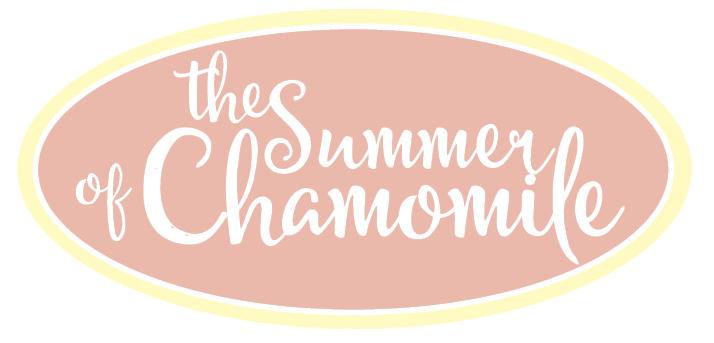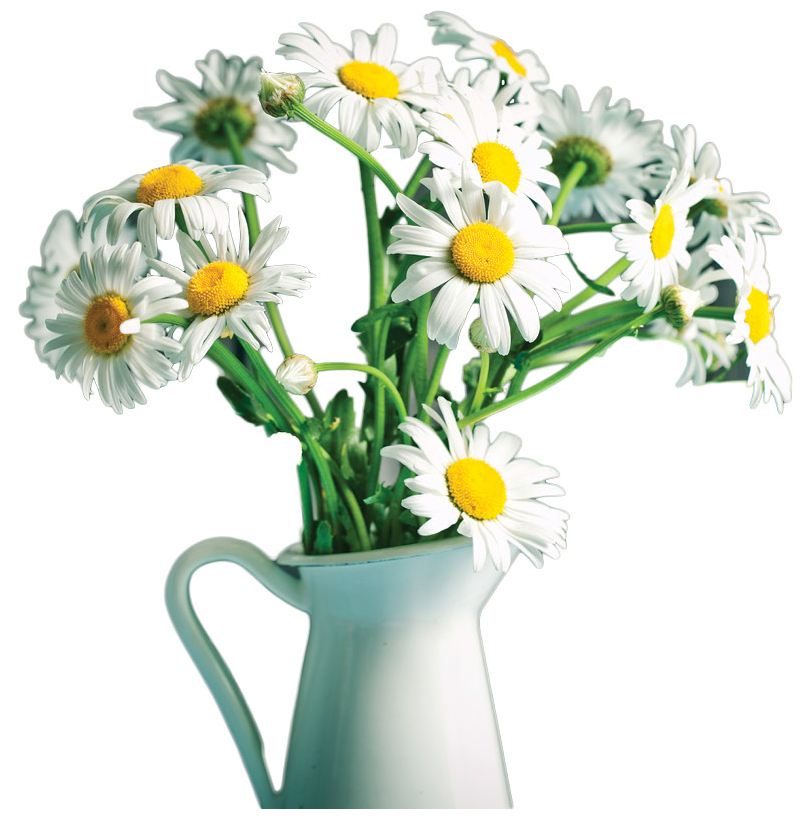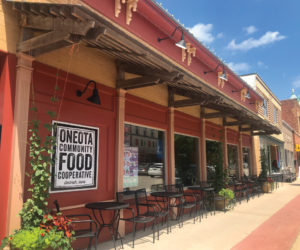 By: Gretchen Fox Schempp, Wellness Manager
By: Gretchen Fox Schempp, Wellness Manager
The summer of ’16 was the summer of chamomile for me. After 2 years of repeated loss and grief I was encouraged by a friend to find a plant ally – to go out and connect with a plant that spoke specifically to me and my healing.
Fifteen years ago when I moved to this magical valley, my first home was a lovely 100 acre tree farm 10 miles northeast of Decorah. The quarter mile lane back to my abode ended in a soft plain of chamomile. When I would mow the lawn I would come over this spot and be calmed instantly by the most sweet and heavenly smell. Still to this day when I mow over some wild chamomile in my yard I am soothed and delighted by its gentle fragrance.
As I’d walk with my pups this summer, on the land I live on now, I continuously found patches of chamomile growing – in the dirt roads, in the pastures, on the creek edges and in my lawn (though I’d instigated this years ago just so I could mow it over and get that sweet chamomile calm). I have learned that plants will present themselves to us when we need them most.
The summer of ’16 I also took the skills I’d been honing over the past few years of attending the MidAmerica Herbal Symposium at Whitewater State Park in Southeast Minnesota. If you are inclined, I highly recommend this experience. This year’s herbal symposium is September 16th through 18th. I began more seriously and intentionally making medicine from wild-crafted and farmed herbs. Last year at the MidAmerica Herbal Symposium Carrie (Wellness Buyer) and I studied with an amazing group of world renown teachers and Native American healers including Karyn Sanders, Matthew Wood, Paul Red Elk, Nicholas Schnell, Bonnie Kreckow, and Sarah Holmes – just to name a few.
One of the most valuable teachings I came away with which has profoundly impacted my practices was to sit with plants, to speak to them and to connect with them and to allow them to speak and connect with me. To ask the plant before harvesting and to give gifts back. This summer I spent much of my outside time sitting with plants, often with chamomile, as she presented herself on all of my hikes. The pups would frolic around the plant and me, sharing their free love and joy. The messages I received from chamomile were of peace and harmony, gently nudging me to allow myself to heal and to create. It was what I needed. It is what the world needed/needs.
Next, respectfully, in the early morning hours, dew glistening on the plants, I would harvest the amount I needed. Thanking the plants for their gifts, I would promise to use all that I had taken in good intention and I would offer a gift in return – some sage, a crystal or stone, some salt, other herbs and my words.
Chamomile is easy to grow and can quickly spread. It often pops up between cracks in my stone walkway. Its cheery small daisy-like blooms are delightful to behold and can be picked and dried for making teas or tincture, poultices or salves. The gifts that Chamomile has to share with us are abundant! Here are just some of the uses of chamomile.

On an energetic level chamomile has qualities of positivity, emotional balancing and serenity.
Patricia Kaminski write in the “Flower Essence Repertory” that “those needing chamomile are subject to very changeable moods and ever fluctuating emotions. Their ‘inner wealth’ is stormy and easily ‘clouded’ until they shift their consciousness to remember that the sun is always shining serenely behind all the outer phenomena.”
Traditionally, chamomile has been used as a calmative for stress. Herbalists often recommend it for sleeplessness in children. Lab tests even show that the vapors from inhaling the essential oil reduce the body’s production of adrenocorticotropic hormone (ACTH), a stress hormone.
Naturopathic physicians in the U.S.A. frequently recommend chamomile tea for IBS and morning sickness because of its antispasmodic properties. It is most effective when used along with ginger for these applications. Chamomile’s anti-inflammatory and antihistamine actions soothe inflammation throughout the digestive tract. Medical researchers have found value in chamomile for treating and preventing peptic ulcers.
Chamomile contains spiroether, a strong antispasmodic agent that relaxes aching and tense muscles and can alleviate premenstrual pain.
Chamomile is widely used to alleviate teething pain and restlessness in infants. The essential oil of Roman Chamomile diluted in a jojoba oil is a nice massage oil for colicky baby’s tummy as well.
An antibacterial herb, chamomile also may inhibit the growth of underarm bacteria, which can help eliminate perspiration odor.
In salves or creams chamomile reduces the weeping of fluids from cuts and scrapes.
A mouth rinse of chamomile tea can soothe and help heal mouth sores.
There are a few things to consider with chamomile use.
People with allergies to ragweed or members of the Compositae family (chrysanthemums) should avoid contact with the plant.
Chamomile contains natural blood thinners known as coumarins. Since these chemicals in the herb are similar to the drug warfarin (Coumadin), avoid chamomile internally when taking warfarin.
The effects of chamomile are cumulative, so use chamomile for 3-4 weeks before deciding whether or not it is effective.
It may be too late in the season by the time you read this to enjoy this sweet plant in its growing glory, but it’s never too early to start thinking about seeds for next year’s herb garden. In addition, you can always find some chamomile at the Co-op.



